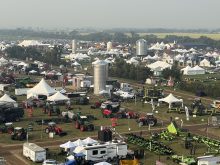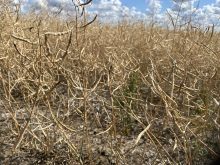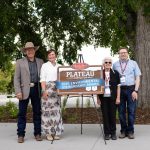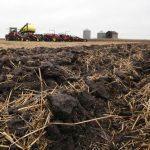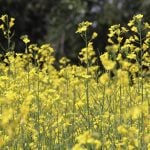Lorne Scott, a farmer and reeve from Indian Head, Sask., says watersheds must be protected. Scott is a former executive director of the Saskatchewan Wildlife Federation and has been awarded the Order of Canada for his conservation work.
Neil Mehrer’s viewpoint in the April 14 edition ofThe Western Producer,titled Balance needed between farms, wetland, begs a response. Mr. Mehrer’s statements on the value of wetlands to society as a whole and myths about wildlife biodiversity past and present are misleading and irresponsible.
Read Also
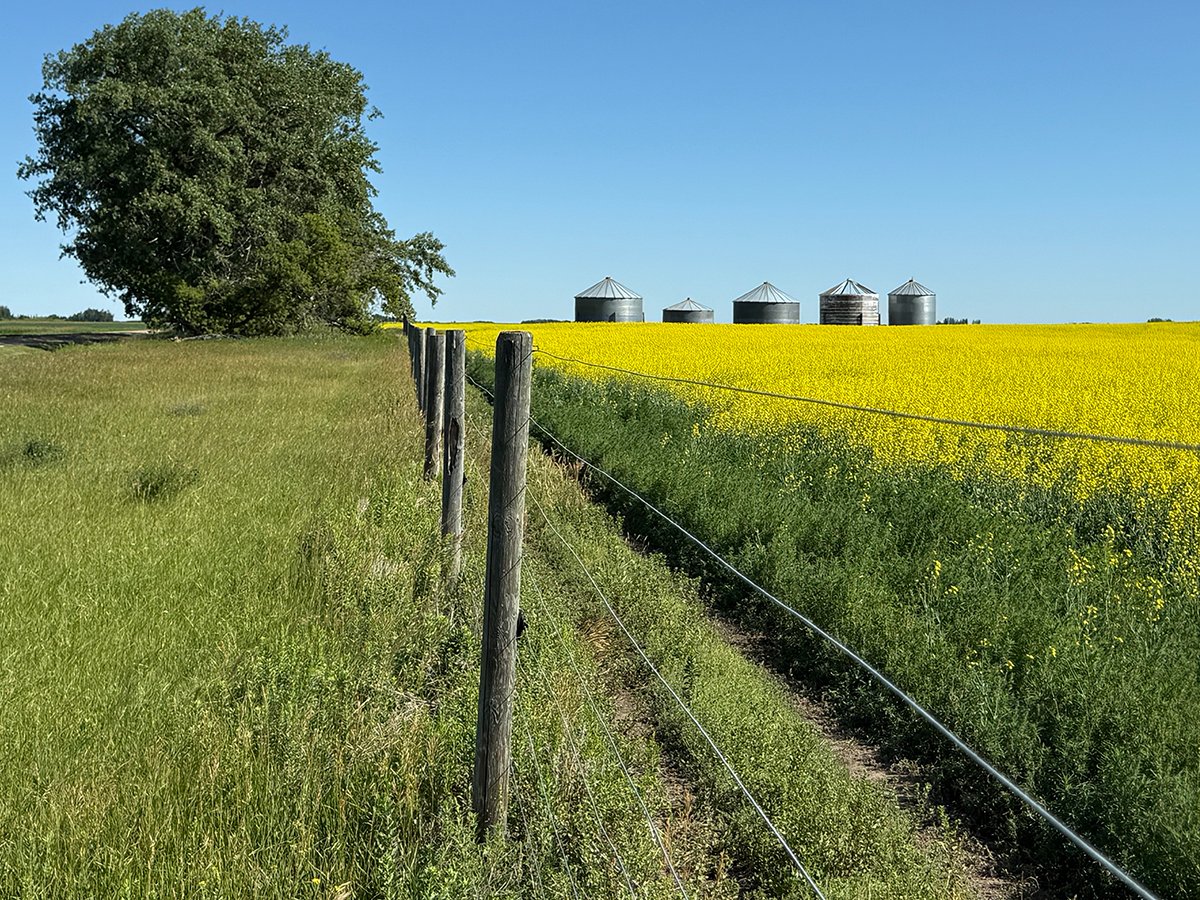
Producers face the reality of shifting grain price expectations
Significant price shifts have occurred in various grains as compared to what was expected at the beginning of the calendar year. Crop insurance prices can be used as a base for the changes.
To say “wildlife was extremely rare and prior to settlement almost nonexistent” is clearly nonsense. This continent, including the Great Plains, teemed with an abundance and variety of wildlife before settlement and uncontrolled market hunting, which saw boatloads of birds and animals shipped to eastern North America and Europe.
There are many historical records that show the biodiversity we have lost.
In 1892, William Spreadborough, a bird collector working for John Macoun, spent several months in the Indian Head region observing and collecting birds, all of which were noted in Macoun’sCatalogue of Canadian Birds.On his short visit he recorded 154 species. Today none of these birds can be found at Indian Head and many others are getting dangerously scarce. This same story has been repeated over much of the Canadian Prairies.
Contrary to Mr. Mehrer’s allegations that the Canadian Wildlife Service reports most duck species are at record numbers, the truth is that in 1956 some 18.5 million ducks returned to southern Saskatchewan to nest. In 2010 the population was about 6.8 million.
Science has demonstrated the value of natural wetlands in purifying water, storing runoff, reducing flooding and recharging ground water supplies.
As an example, New York City’s water supply system is one of the most extensive municipal water systems in the world.
Thanks to well-protected wilderness watersheds, New York’s water treatment process is simpler than other North American cities and supplies 1.2 billion gallons of high quality drinking water daily.
Granted, a few obvious species such as beaver, white-tailed deer and geese have adapted to a highly developed agriculture landscape.
Unfortunately, because these species compete with the agriculture industry for survival, some landowners are calling for bounties, cull hunts, poisoning programs and government subsidies to reduce the number of so-called nuisance or problem wildlife.
Mr. Mehrer talks about uncontrolled wetlands being a problem, when in actual fact uncontrolled and unauthorized drainage of natural wetlands results in millions of dollars of damage in downstream flooding.
In his suggestion of “co-operative development,” I assume Mr. Mehrer recognizes that all stakeholders, including downstream residents, municipalities, cottage owners and conservation and wildlife organizations, should be involved in water management decisions.
Southern Saskatchewan contains one of the most modified landscapes in North America. More than 80 percent of our natural habitat has been lost south of the forest fringe. In the productive Regina Plain region, more than 99 percent of the natural ground cover is gone. We have lost half of our original wetlands.
Mammals such as the long-tailed weasel, Franklin’s ground squirrel and white-tailed jack rabbit are absent from much of their former range. Three out of four bird species are declining in numbers in southern Saskatchewan. In addition to the little known longspurs and grassland sparrows, familiar species such as meadowlarks, killdeer and loggerhead shrikes are all declining.
Many of our native plants, as well as amphibians and reptiles, are also declining in range and numbers.
Mr. Mehrer concludes by saying he “wants to be at the table with the real stakeholders, who own and farm the land.”
I too look forward to the day when “all stakeholders” and interest groups can sit down at the table and develop a water and land use policy that will consider and encompass the needs and values of all the people of Saskatchewan.





![Protesters crowd a street carrying signs that read, "Global warming real. In other news, water is wet," and "Stop denying the [blue painted pic of the Earth] is dying."](https://static.producer.com/wp-content/uploads/2025/07/29145152/158171_web1_2019-10-18T222818Z_1221762151_RC14C26A65A0_RTRMADP_3_CLIMATE-CHANGE-THUNBERG-1200-220x165.jpg)
